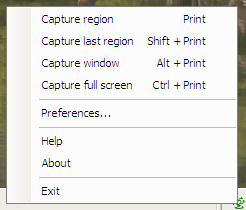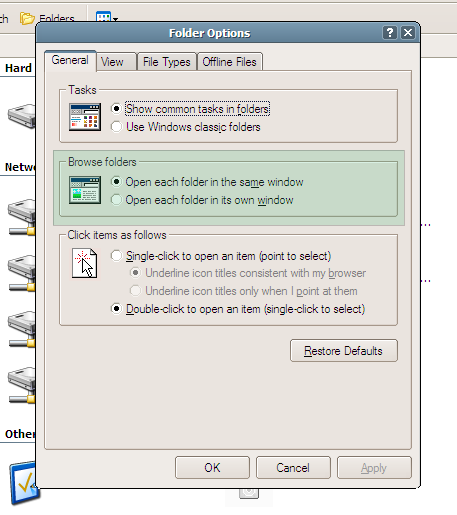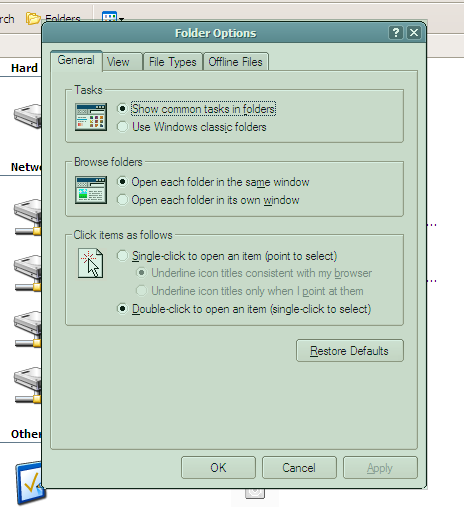Maximizing Windows: Better screenshots with Greenshot
This article was originally published on June 8, 2008.
Every once in awhile, I like to peruse Sourceforge for new, interesting open-source applications. I was looking for a good screenshot application several months ago, when I was working on writing help documentation on a project at my job. I’ve since found out that the help documentation software, Adobe RoboHelp, includes a very nice screenshot manager called RoboScreenShot. This application, however, is not free, and I’m always interested in finding good open-source or freeware alternatives to commercial software. I have been in need of a small, open-source application that allows me to quickly take and save screenshots of applications, particularly since I’ve started writing these articles.
Enter Greenshot1). This is a very small, quick application that allows you to take three different types of screenshots: your entire desktop, a selected window, or a selected region. Taking a cue from the application’s name, selections are highlighted with a translucent green region to show what you’re screenshot will contain. The application is small and fast, and allows you to either copy your screenshots to the clipboard for pasting into another program (for instance, PowerPoint or Word), or save it to your computer in JPEG, BMP, GIF, or PNG format. There are also limited annotation features, but I’ve found that this application is most useful when needing to send a picture of part of your screen to someone quickly and easily.
Getting the application
You can find the latest releases of Greenshot on its GitHub releases page. Look under “Assets” at the end of each release notes post. Download the installer exe.
Using Greenshot
You can take screenshots through keyboard shortcuts or through right-clicking on the green frog icon in the system tray. I prefer keyboard shortcuts, but you may find the context menu more useful.
As you can see, the default keyboard shortcuts are shown right in the context menu. Hitting the print screen button will turn your cursor into a crosshair, allowing you to drag a box around whatever selection you need to capture:
Whereas hitting Alt+PrintScr will again turn your cursor into a crosshair, but highlight the entire selected window in green. This is extremely useful for capturing an error message box or other popup dialog box:
Hitting Ctrl+PrintScr will capture your entire desktop – which is the default behavior of the Print Screen key in Windows.
Once you’ve captured your desktop, window, or region, Greenshot opens up a window with your capture, along with options to save the image, copy it to the clipboard, or annotate it. Greenshot provides options to add text as well as line shapes – rectangles/squares and ovals/circles to your image, making it easy to highlight an area of the image for a PowerPoint presentation or weblog entry. You can even double-click on an existing text annotation to edit the text before you save your final screenshot.
Adding text and image annotations to a screenshot
I’ve used other freeware and open-source screen capture utilities, but none have the utility and speed of Greenshot. It provides all the necessary functionality without adding extra bloat or fluff, and it has relatively low resource demands. I run it nonstop on my work laptop with 1GB DDR RAM and a 1.6GHz dual-core Intel processor, and it hardly makes a dent in my system resources. If you frequently need to take screenshots for email, documentation, blogging, or anything else, I’d highly recommend this application.
Note: my only caveat is that this version has mediocre support for secondary displays. It will work, but the green overlay doesn’t appear, which makes it more difficult to see what you’re capturing. The developer posted on the SourceForge forum for Greenshot that the next release will resolve this issue.
Greenshot has been updated to 0.5 beta, which has multiple monitor support, as well as more features in the screenshot image editor. Many thanks to the developers for their continued work!




